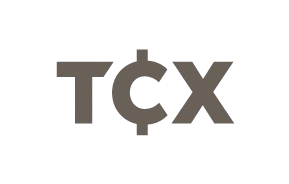Russia’s annual inflation eased for a fourth straight month to 8.8% in July 2025, the lowest since October 2024, from 9.4% in June. The slowdown matched the central bank’s view that early-year price pressures would not persist, though inflation remains well above the 4% target. Services posted the highest increase at 11.9%, followed by food at 10.8%, while non-food goods rose 4.1%. Core inflation was 8.5%. On a monthly basis, consumer prices rose 0.6%.
